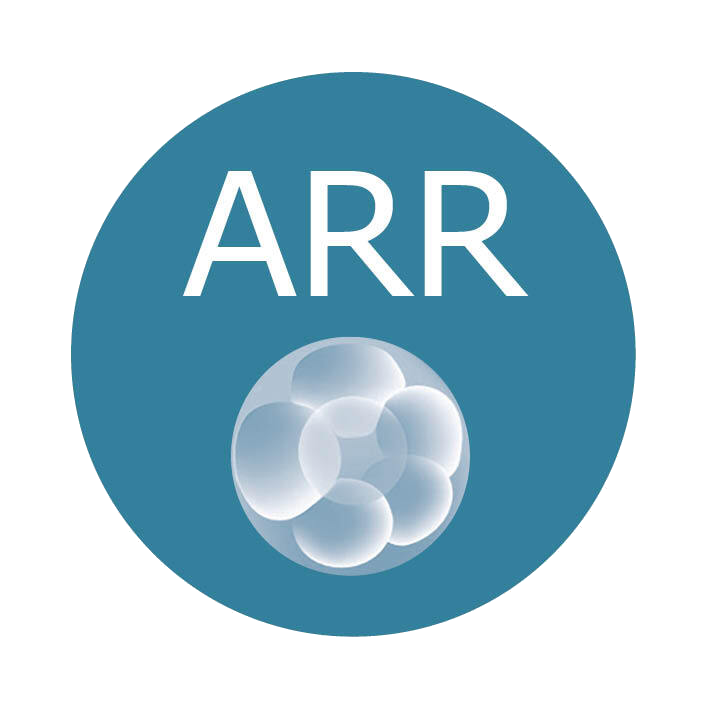Infertility And Fibroids by Finola at Loving Touch therapies
Fibroids – also called ‘Myomas or Fibromyomas’ that are made up of muscular and fibrous tissue. They are benign non-cancerous growths in or on the muscular wall (myometrium) of the womb, and are the most common structural abnormality of the uterus.
They can vary in size from as small as a pea to the size of a melon. If severe they can also cause damage to other organs and restrict blood flow to the uterus.
Some women show no symptoms at all – where as others will show signs of:
-
Heavy menstruation
-
Lower abdominal pain
-
Anemia
-
Chronic vaginal discharge
-
Indigestion
-
Vaginal infections
-
Excessive bleeding between the normal menstrual cycle
Depending on where they grow, fibroids are given different names:
Submucosal fibroids – develops in the submucosal or subendometrial layer of the uterus – it is the least common type – but the most problematic – particularly because they can develop into pedunculated (stalked) fibroids – which can dangle within the uterine cavity, protruding into the womb.
The symptoms of these fibroids include:
-
Heavier and longer menstrual bleeds
-
Pelvic pain – particularly during bleeds
-
Back pain
-
Lower abdominal pain – as the result of the weight of larger fibroids 5cm or above
-
Severe abdominal pain if they become pedunculated fibroids – that twist or outgrow their blood supply.
Subserosal fibroids – found on the exterior of the uterine wall – these can also be pedunculated (stalked). They can become quite large, filing the whole abdominal cavity. They do not affect the bleed – but can cause:
-
Pelvic pain
-
Back pain
-
A general feeling of heaviness or pressure in the abdomen or bladder
-
Constipation and bloating
-
Frequent urination
-
Abdominal cramping or pain – sever pain if they are pedunculated and twist
-
Kidney damage if the uterus grows so big that it causes compression on the other pelvic organs
Fibroids – are oestrogen sensitive so a diet that is high in saturated fat, dairy and low in fibre – will make things worse due to more oestrogen circuolating in the body.
Connected to issues with fertility – in particular with implantation – if fibroids are situated on the back or top of the uterus they can prevent a blastocyst from implanting in the best sites for successful conception.
It is not known why fibroids develop – but they can occur in 30-40% of women. One in 5 women commonly between the ages of 30 and 50 may develop one at some stage in their lives.
If left untreated for to long the fibroids can grow to such an extent that the only solution would be a hysterectomy.
An ultrasound would determine it’s size and position.

